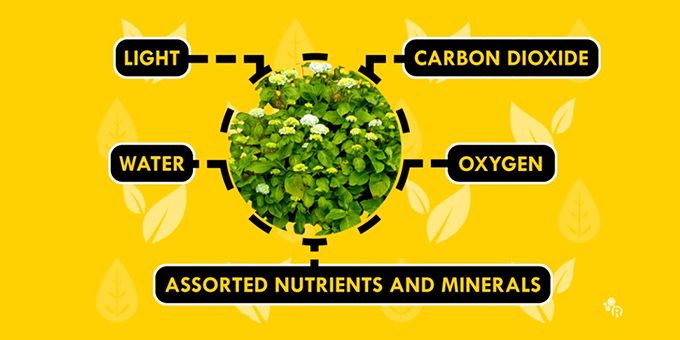While there are many different techniques with indoor farming, including hydroponics, aeroponics, and aquaponics, all of them have one thing in common – the lack of soil. Instead of using the concept of growing in soil, crops are instead grown in peat moss or coconut husks.
 How Science Helps an Indoor Farm
How Science Helps an Indoor Farm

Taisiya Jacobson, Co-Founder and President | Pure Greens LLC
How does science help indoor farming?
There has been a lot of talk about indoor farming, better known as vertical farming, in the last few years. Indoor farming is the process of growing crops, plants, or produce in vertically stacked layers, using a variety of techniques that deliver the three essential core materials: light, water, and nutrients.
Here’s a video that goes more into what indoor farming is:
The difference between indoor farming and traditional or outdoor farming, is how these essentials are delivered and why indoor farming has grown in popularity.
In this article, we’ll look at the science behind indoor farming.
How Science Helps an Indoor Farm
What’s the science behind indoor farming?
While there are many different techniques with indoor farming, including hydroponics, aeroponics, and aquaponics, all of them have one thing in common – the lack of soil. Instead of using the familiar concept of growing in soil, crops are instead grown in peat moss or coconut husks.
We mentioned earlier there were 4 key components when it comes to growing crops, produce, or plants. In traditional farming, the sun, soil and water are the main drivers to growing; these things need to be reproduced when getting into indoor farming. This is what we’ll look at below.
Reproducing light
If you’re growing inside, how do crops grow without the sun?
Infrared wavelengths are how plants and crops receive their light, absorbing it through photosynthesis. This helps develop the plant, promoting greater leaf mass, produce taller stems, and encourage flowering.
While this method is great, it doesn’t always reflect on the plant. Some crops have different light need and they respond to different wavelengths; this means that no two plants require the same light methods, meaning that crops must compete with their neighbors for that light.
Advances in LED technology with light generation, light extraction, and re-absorbance have made grow- lights the most efficient method, as a replacement light source. These lights also have the potential to run 24/7 and offer greater control to maximize the results for individualized crops.
Reproducing water
Water conservation is an important aspect for sustainability.
In traditional farming, a kilogram of lettuce – about a head – takes about 250 liters of water. That’s enough to fill an entire big freezer!
250 liters is a lot of water for just one segment of crop and that doesn’t cover a large farm with many crops and produce.
With indoor farming, water is usually kept in a closed reservoir, making evaporation minimal. This method is known as hydroponic vertical farming and its use drastically reduces water use to 70% than traditional farming.
Another method, aeroponic, instead has roots dipped in nutrient solutions and generates mists to help nurture plants through them.
Replacing nutrients
Speaking of nutrients, these are the core materials that help plants and crops grow. These nutrients are found within soil and through water.
Indoor farming does things bit differently. Depending on the crops or produce you’re growing, they will receive their nutrients through water and nutrient mixtures.
These mixtures are created based on the type of crop that’s being grown. For example, if you’re growing leafy greens within an indoor farm, you’ll want to use nutrient mixtures that are specific to the leaf stage of growth.
This video by Reactions gives a visual idea on how the science works:
And here’s how the hydroponics type of indoor farming works and how the company Growing Underground is using it:
Growing Underground is a unique farm, as it’s set up in the abandoned tunnels under the streets of London.
We’ve looked at how science helps an indoor farm, providing the chemistry behind the technology that helps to reproduce core essentials, that help crops and produce grow.
Thanks to LED lights, indoor farming can replicate the heat and light of the sun; with the very design of indoor farming, we can converse nearly 70% of water; and using specified mixtures of nutrients, indoor farmers are able to grow larger and more frequent crops and produce.
The content & opinions in this article are the author’s and do not necessarily represent the views of AgriTechTomorrow
Comments (0)
This post does not have any comments. Be the first to leave a comment below.
Featured Product

